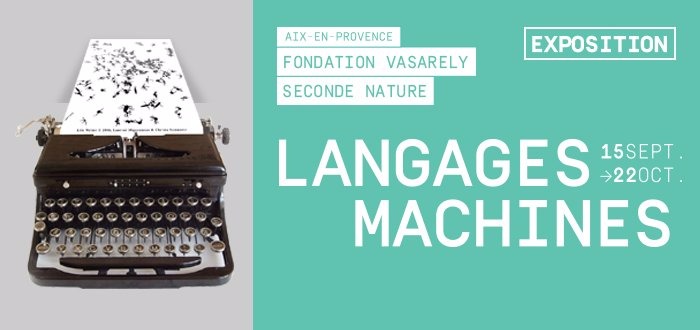
Hide & Seek, Andrej Boleslavský, 2017, VR/MR, 6m×6m×3m

Breathing Restraint, GUO Cheng, 2016, Mixed Media, 35x30x20cm

Ecotone, Samuel Adam Swope, 2017
Until October 22, 2017, in Shangai, the Chronus Art Center and its lab offer, with [dis][locate], a re-evaluation of our basic understanding of mind and perception. The works presented by Andrej Boleslavský, Daniel Franke, GUO Cheng, Samuel Adam Swope and Fito Segrera provide a series of encounters that challenge established norms about the nature of reality.
Chronus Art Center (CAC) announces [dis][locate], an exhibition presented by <CAC_LAB>. Dislocation implies the disturbance of a conventional state, space, object or idea. A subject is dislocated when its medium or body is substituted for another object or pushed to its physical or psychological limits. An object is dislocated when its original shape or purpose is transmuted. Dislocation, as a phenomenological term, suggests confusion and disorientation, it exhorts a form of detachment and reattachment; it renders an unexpected movement of sensory data on the screen of consciousness.
Andrej Boleslavský’s Hide&Seek proposes an environment of mixed natures, a digital space where humans can hide their physical bodies from each other. Combining elements from gaming experiences and virtual reality, the project exerts a form of confusion over the user, a disrupting experience oscillating between the physical and the digital. GUO Cheng’s Breathing Restraint highlights how the interaction between humans and technological objects or systems can be, at times, disturbing. GUO’s work is constantly disarticulating the most basic biological function of a human body, breath. Ba
In a similar fashion, by drawing attention to objects rather than subjects, Samuel A. Swope’s Ecotone launders out our conventional notions of what nature means today. Using aerial robotics, Swope dislocates the technology by hybridizing it with natural elements, giving birth to a new creature with an intelligence of its own.
All of the artworks exhibited are the result of a practice-based research process. Most of the projects were realized as part of CAC’s Research and Creation Fellowship program and a few others were executed entirely or partially at <CAC_LAB>, a space dedicated to the inquiries about art, design, science and technology and their impact on global contemporary culture and society.
More information here

